
Gary gave a similar presentation at the Flying Start Summer School last year, and this one was no different: really entertaining and memorable. Here are a few key points he made during his talk:
Copyrights need to be assigned by the contractor otherwise it remains with them, not the client.
Anything produced whilst under the employment of a company means that the copyright is theirs not the creators. (e.g. Wordle was produced by Jonathan Feinberg, but the copyright belongs to IBM, his employer).
"As mentioned on the credits page, I wrote the core layout algorithms on company time. That code belongs to IBM, so it isn't mine to share. I'm sorry that I can't share it with you." Jonathan Feinberg.
TM (Trade Mark) has no legal power in the UK (in the US however it means that an application for registration has been sent). The Registered Trade Mark symbol ® is the one that should be used to prove that your logo has been protected. It doesn't hurt to use the TM symbol though in the meantime, to scare people off ;)
If you enjoy listening to the radio in your workplace, your employer really should have a licence for this as it is classed as 'Public Performance.' That also includes using music on your phones while your caller is on hold. (I know... unbelievable).
Use watermarks on artwork you put online. This will help to prevent people stealing it (Although at 72dpi no-one could steal it to use for print anyway!).
Put the copyright symbol © on work that you want to protect (don't forget to update the year!).
The pantone reference 2685C (purple) has been registered by Cadburys. They could only register this as a trade mark once it could be proven that it had become recogniseable as Cadburys.
 image taken from http://www.britishsweets.com.au/index.php
image taken from http://www.britishsweets.com.au/index.phpJelly Babies were originally made by Bassett's, but they only registered the design (shape), not the trade mark and so when this expired anyone can now make Jelly Babies.
Polo has registered the shape as a trade mark (again, only when it could be proven that the shape is recogniseable as a polo) - and its registered only as a 'mint confectionary' not the fruity polo.
Toblerone did the same - but their registration covers both the chocolate and the box.
ASDA has registered the 'two pats on ya bum' gesture as a trade mark as most people recognise this as theirs.
And finally here was the best point Gary made: Always check your logo before sending an application to register it as a trade mark. The company OGC spent 14K on their brand spanking new logo, had lots of promotional materials produced and then to their horror made a terrible realisation:
 image taken from: http://www.ebaumsworld.com/pictures/view/385510/
image taken from: http://www.ebaumsworld.com/pictures/view/385510/









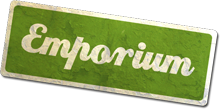












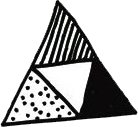
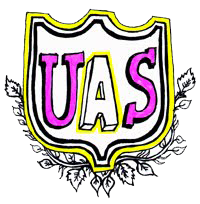
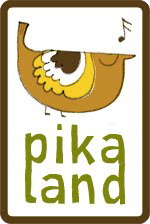
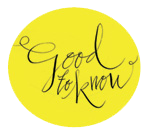






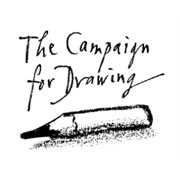
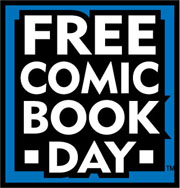

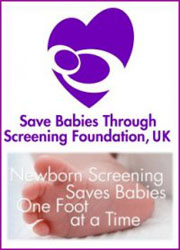
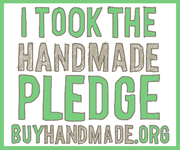

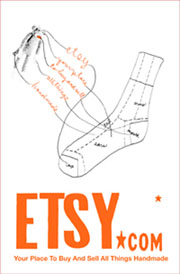


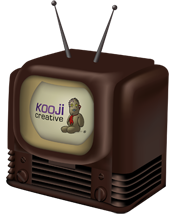
No comments:
Post a Comment
Thanks for leaving a comment :)